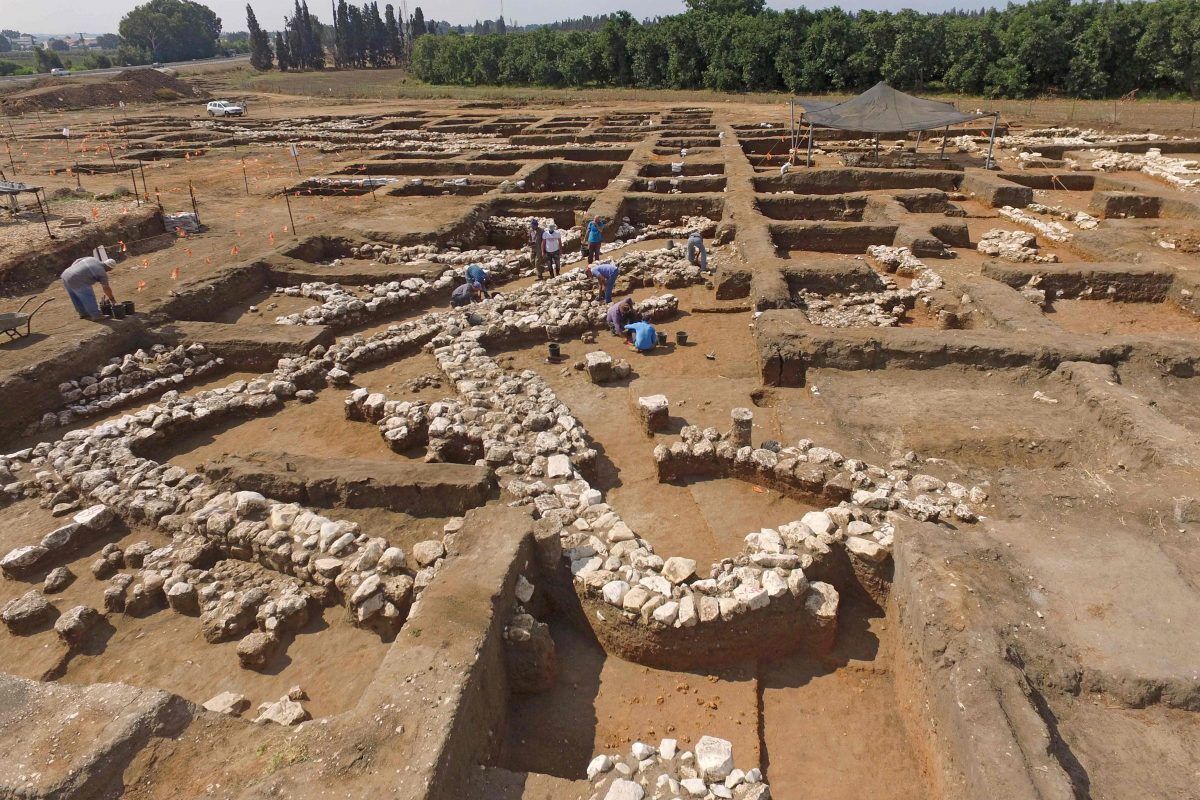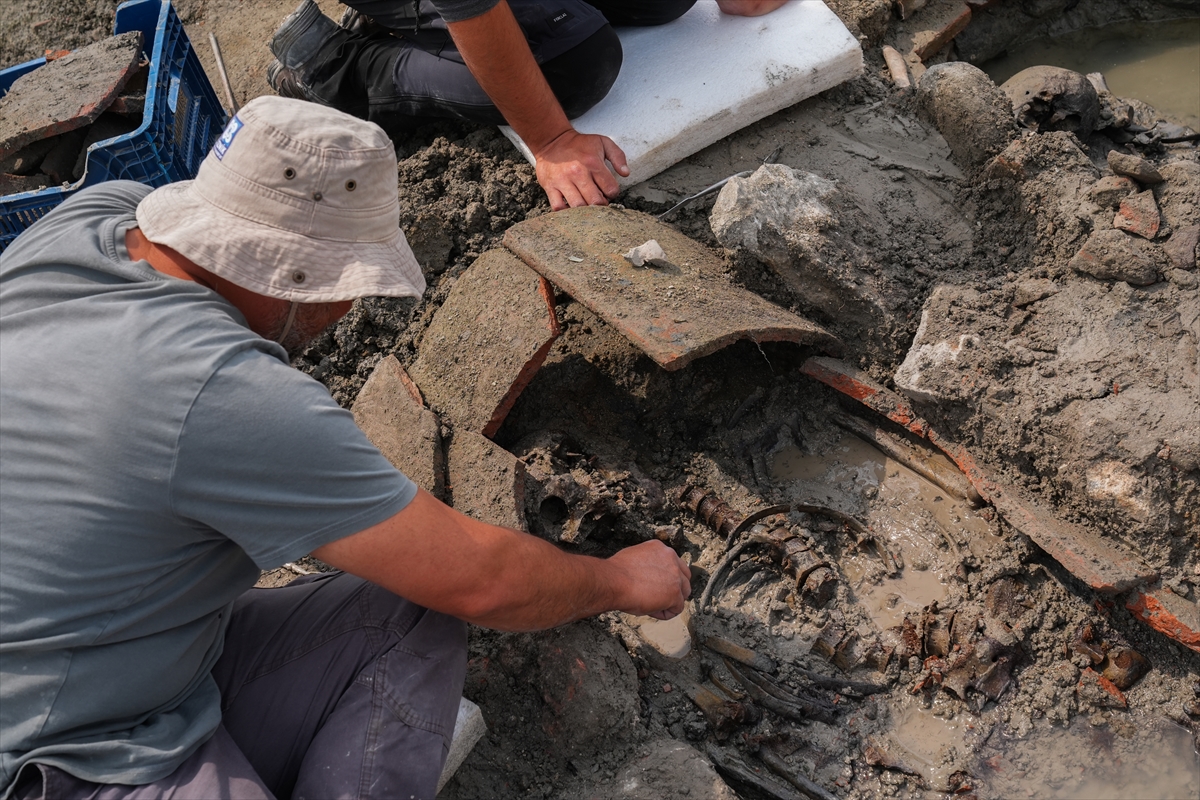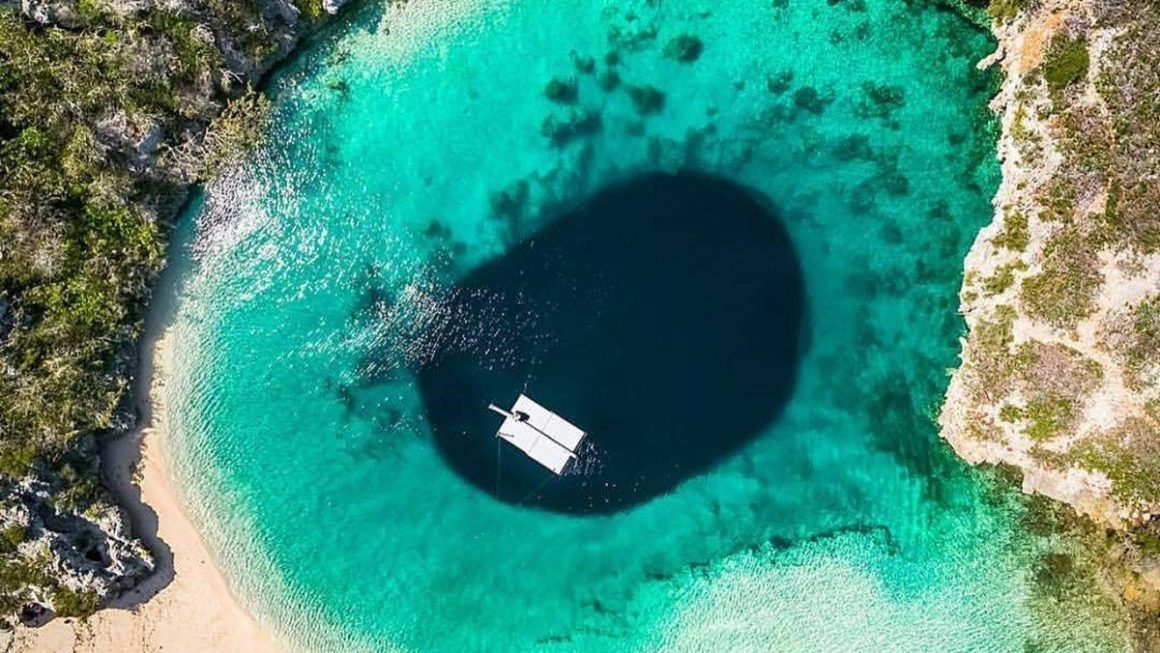‘Please be careful! It’s easy to slip here,’ warns the field worker when the Luxemburger Wort editor asks about the state of the excavations on site.
The archaeologist is a team leader at Archeo Diag, a company specialising in surveys – a technical term for test pits – and excavations in the country. The National Institute for Archaeological Research (INRA) has commissioned the company to carry out the excavation work and compile the corresponding documentation.
Traces of the early Middle Ages
Fabio Attanasio has been excavating the site since autumn 2023 in order to preserve the archaeological heritage. ‘I’ve already seen a lot of impressive things here,’ he says.
On the site located in the centre of the village, not far from the sculpture of Maus Ketti, the famous Luxembourgish character from children’s books, archaeologists are searching for remains from the Roman era and the early Middle Ages. Fabio Attanasio (left) from the service company Archeo Diag and Nicolas Meunier from INRA have spent months and years at the excavation site.
This preventive archaeological operation, as Nicolas Meunier from INRA explains, was prompted by a housing construction project on several private plots. At the end of 2019, the municipality of Schengen had already approved the partial development plan (PAP). A total of 13 housing units are planned for ‘Op der Uet’.
From the Roman era to the Merovingian period
‘From the very first surveys, we realised that we could expect to make some interesting discoveries here,’ reports Nicolas Meunier. This observation ultimately led to the start of large-scale excavations. Indeed, before construction work can begin, the Cultural Heritage Act of 25 February 2022 requires preventive archaeological measures to be put in place. The aim is to detect, document and scientifically preserve any archaeological remains that may be uncovered during development, demolition or construction work.
During the excavations, archaeologists came across discoveries dating from several periods, reports Fabio Attanasio. From prehistory to the early Middle Ages, i.e. the period between the fifth and eighth centuries AD.
Archaeologist Fabio Attanasio in front of the excavation site: researchers have discovered the remains of a Roman villa of impressive size.
A Roman villa of spectacular dimensions
‘We have unearthed numerous pit structures as well as parts of a Roman building with surrounding walls,’ explains the archaeologist, who previously worked in Italy for seven years. The building was probably part of an agricultural estate, a Roman villa. In addition to Roman kitchen and table utensils, older storage pits dating back to Celtic times have been discovered.
He was particularly impressed by the size of the building parts found: ‘The villa was quite large and was rebuilt and enlarged several times, which is atypical,’ says Fabio Attanasio. As in many Gallo-Roman buildings, the luxurious property had its own bathroom and residential heating.
‘After the Roman villa was abandoned, there was even a lime kiln on the property,’ explains the archaeologist, pointing to a pit in the north-western part of the site. He estimates the date of construction to be the first century AD, but points out that a more precise date must be confirmed by further analysis.
An ancient burial site and numerous weapons
Another discovery is no less spectacular: a Merovingian cemetery has been discovered on the site. The Merovingians were a Frankish royal dynasty that ruled over much of Western and Central Europe from around 450 to 751 AD. Fabio Attanasio reports that 126 skeletons from this period have been unearthed. Some of the graves in what is known as the necropolis had stone borders, while others were simple earthen graves.
According to INRA archaeologists, there were at least two phases of occupation: the first from the 5th to the 6th century, the second from the 7th century. ‘The cemetery is not homogeneous in terms of dating,’ explains Fabio Attanasio. What the archaeologist found interesting was that many of the graves contained weapons as offerings: long and short swords, spears, daggers, shields, arrowheads and axes. But ceramic vessels and belt fittings were also found.

No preservation of the site is planned
According to INRA, these discoveries indicate that at the time it was a ‘socially structured community with a warrior elite’. Glass, amber and bronze bracelets for clothing, daggers and other jewellery were found in the women’s graves. Children’s graves were also discovered. ‘They touched me personally on an emotional level,’ says Fabio Attanasio. In several graves, archaeologists were also able to identify wooden coffins.
Archaeology enthusiasts, the Celts await you in the province of Luxembourg in July
The excavations at Burmerange are set to continue until the end of October or early November. The objects discovered will then be made available for further research and analysis. There are no plans for long-term conservation or protection of the excavation site: it will be backfilled at the end of the work and the land will then be available for the planned construction.




